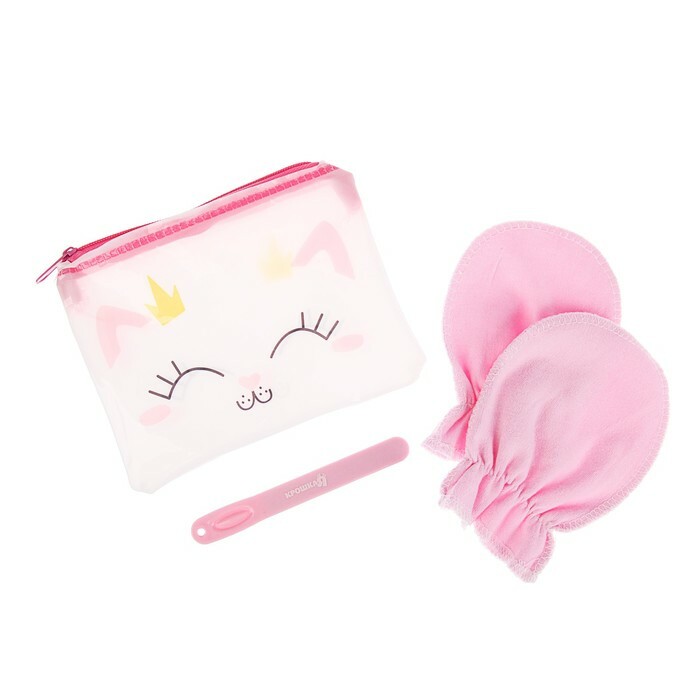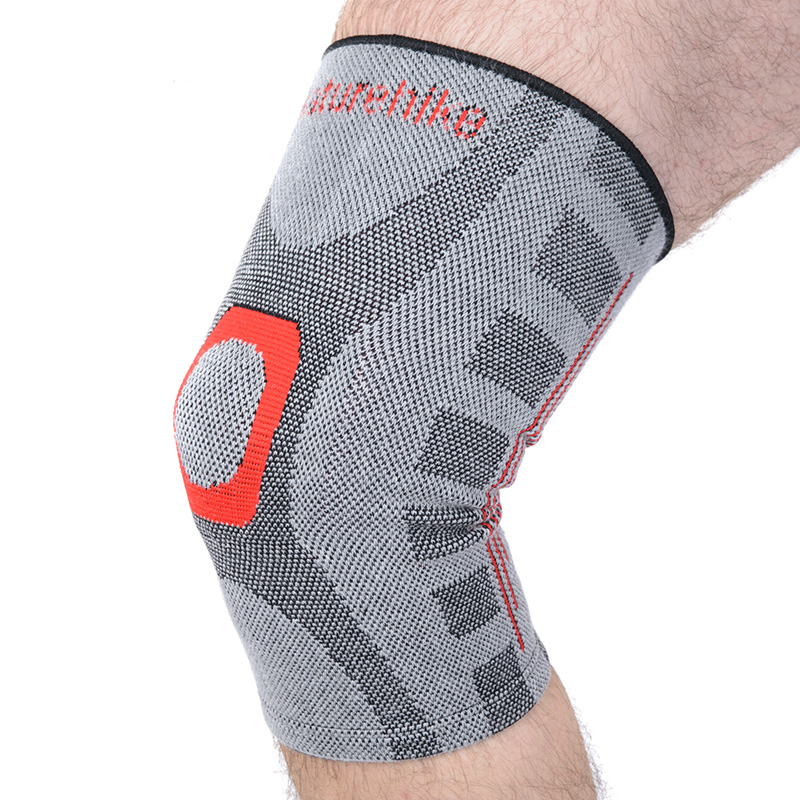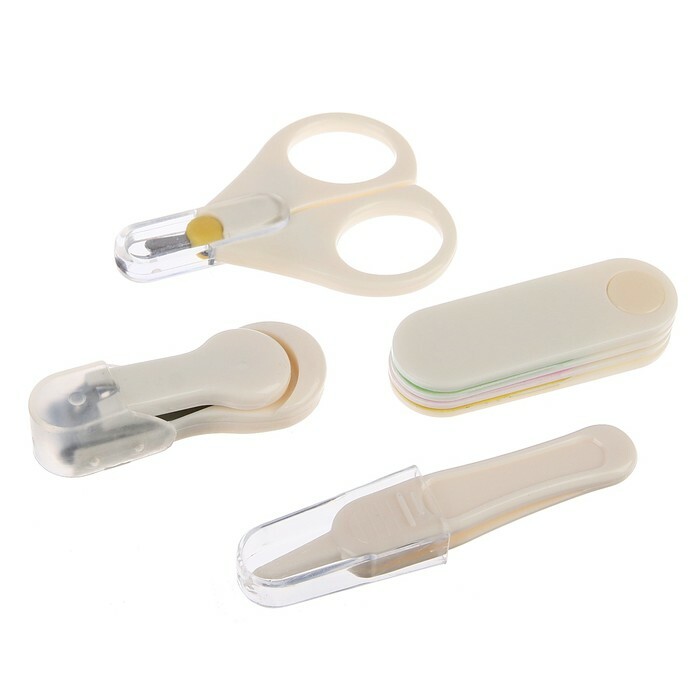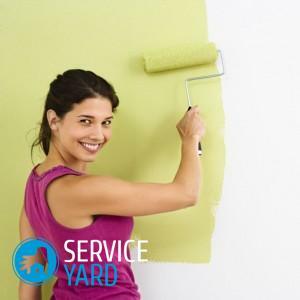
- Preparatory process
- Remove old wallpaper
- How to get rid of paint?
Now more and more you can meet interesting and easy-to-use facing materials, but this does not mean that consumers refused to paint the walls. This variant of decoration is simple enough, besides, at its use it is possible to express their imagination with might and main. Interesting and rich colors make it possible to completely transform the room. But everyone knows that using paint can not hide flaws on the surface. Therefore it is important to know how to prepare the walls for painting after the wallpaper.
to the contents ↑Preparatory process
The walls, of course, differ in structure, and this must be taken into account when preparing. But most often perform the same procedures:
- Align the surface.
- Get rid of flaws with putty.
- Clean and primer the surface.
Aligning
To prepare the walls for painting after wallpapering or other material by leveling, the surface can be:
- Grind. Grinding can be quite a solid base, the level of which changes no more than 2-3 mm. In addition, it should not have significant defects. This removes the old coating and a small layer of plaster under it. For this, a simple tool is used: a bar around which sandpaper is wrapped.
- Smooth with plaster. In the presence of significant curvature, the surfaces are plastered by beacons or finishes with plasterboard.
Important! After the leveling procedure, the walls must be primed and dried for six to seven hours.
- Use sheets of plasterboard. The simplest and at the same time effective way, through which you can even even very curved walls.
Important! The only nuance when using plasterboard sheet material is a large "shearing" of the useful area of the room.
Puttying
The first layer is applied to the starting filler, which is sold as a ready-made mortar or a dry mix. To apply the starting putty, a glass fabric mesh netting is used:
- Putty 2-3 mm is applied to the surface with a wide spatula.
- To level small projections and distribute the solution, use a narrow spatula.
- On the wall, apply a paint net and grind to the putty using a spatula.
- Apply to the mesh the starting filler with a 2 mm layer.
- Dry the surface for 5-7 hours.
- Mash the wall.
Important! Finishing putty is used to get rid of strokes, which leaves a coarse-grained trowel. Consistency in her - homogeneous finely dispersed, so the surface eventually turns out to be perfectly smooth. In addition, it does not absorb paint very much.
Finishing putty is applied just like the starting putty, but the layer will have a different thickness. The optimal thickness of the layer is 1.5-2 mm. When the surface dries, it needs to be sanded, using fine-grained sandpaper.
Priming
In order to prepare the walls for painting after the wallpaper was of high quality, the surface must be primed before applying the decorative solution. 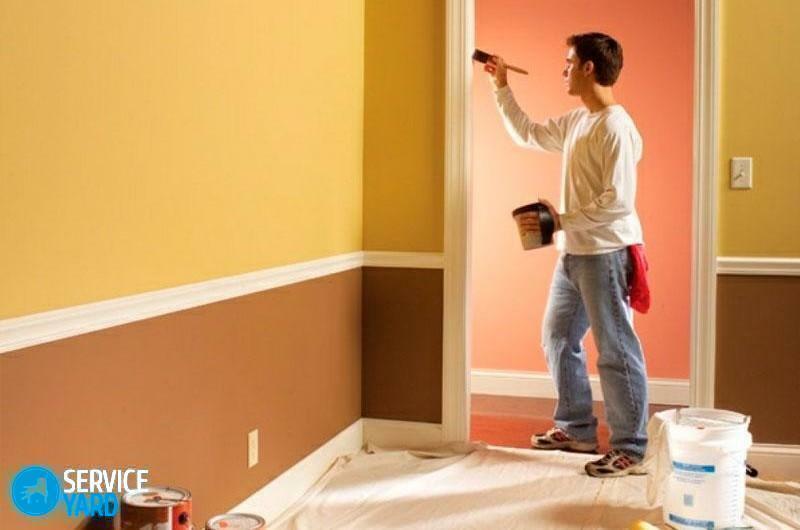
Important! Before applying the primer, remove the formed building dust from the walls covered with finishing putty. To do this, use a vacuum cleaner, a dry rag or a soft brush.
The most popular acrylic primer. It is universal, it can be applied on almost all surfaces.
For priming:
- Roller;
- Wide brush;
- Pulverizer.
Important! This coating should dry for 4-6 hours.
After that you can start painting. If on the walls there was a paper coating, it is important to study how to paint the walls after the wallpaper.
to the contents ↑Removing old wallpaper
Of course, there are some features that need to be taken into account to make the surface smooth.
Important! After removing wallpaper on the wall will remain glue, which is not so easy to remove. But if he stays, the painting may fail.
To clean the surface, proceed as follows:
- To remove the duplex or paper wallpaper, they are soaked. To do this, use a wet cloth or sponge. Half an hour later, the base of the paper is removed with a spatula. If necessary, the procedure is repeated.
- On acrylic, fleece and vinyl wallpaper, first get rid of the top moisture-proof film. Then you need to proceed as described in the paragraph above.
- The remnants of the adhesive solution are removed with a spatula.
- On the appeared scratches a thin layer of a primer is applied, and then - finishing putty.
Important! To make a metal spatula a good scraper, its blade is shortened to a length of 2-3 cm. You can use old tools - there the blade is made of thick and stiff metal.
Now you know how to prepare the walls for painting after the wallpaper.
to the contents ↑How to get rid of paint?
And what should I do if I need to remove the paint itself? Cope with it is also quite difficult:
- Sometimes in this case, use a metal brush with a short bristle. But it does not always help, since only the smoothing of the paint layer can occur.
- Most often it is more efficient to use a set of nozzles, which includes scrapers of different shapes. For their independent manufacture, chisels, wide screwdrivers and spatulas are used.
- To simplify and accelerate the process, use a special nozzle. It looks like a rod, on which short chains are fixed. It will be enough for several links. It must be inserted into the socket of the drill and clamped. The drill must be parallel to the surface to be cleaned. When the drill starts to rotate, with the help of chains, the paint will simply collapse.
- Special chemical washings can also be used, but they must be used, observing all safety measures and instructions from the manufacturer. The effect of removing the old coating is quite fast.
Important! If the paint is to be painted again on the wall, it must be plastered beforehand.
It seems that painting the wall - it's very simple. In fact, this process will require preparation, which can take more than one day and consist of several processes. But still, such work is under the power of everyone, and you can do everything thanks to our advice.

